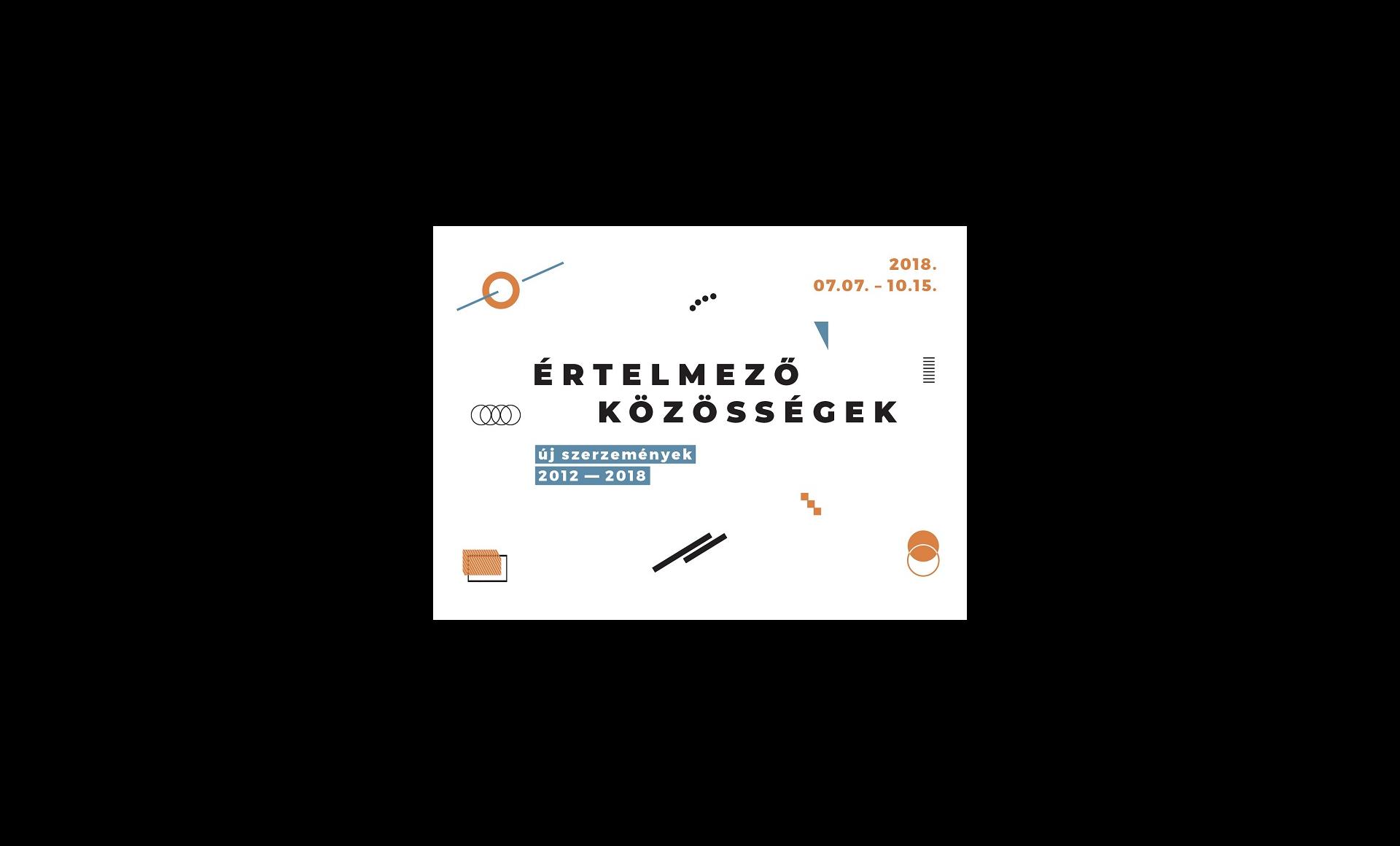Interpretive Communities. New Acquisitions, 2012–2018
–
Interpretive Communities
New Acquisitions, 2012–2018
Opening: Friday 6 July 2018, 6 pm
Opening speech by Zsófia Frazon, ethnographer
On view: 7 July – 14 October 2018
Our museum preserves the material and intellectual heritage of Lajos Kassák, the versatile and pre-eminent figure of the Hungarian avant-garde. The artworks, publications and documents, which provide the core of our collection, were acquired by the Petőfi Literary Museum in 1975, thanks to Kassák’s widow, Klára Kárpáti. From there they moved on 26 November 1976 to the Museum opened in the Zichy Castle in Óbuda.
After over thirty years in operation, the Museum has completely revised its academic and educational activities as part of a broader conceptual change. Essentially, this meant a clear focus on the social and historical embeddedness of Kassák’s intellectual heritage and manifold activities, alongside the aesthetic aspects of his life work. Like Kassák, the museum started working together with authors and artists who could provide critical or sympathetic perspectives on Kassák’s work and personality: colleagues, rivals, Kassák’s critics and contemporary followers, and his intellectual successors at home and abroad. Our aim was not a canonical interpretation of Kassák’s life work, or to regard him just as a monument, but for him to be present as a living figure of Hungarian art until today. Accordingly, the museum’s collection policy has also been transformed over recent years. Alongside collecting documents of the Hungarian avant-garde, we also aim to find contemporary works which can envision the development of the avant-garde legacy beyond strictly-defined aesthetic parameters. In recent decades, documents of the avant-garde have tended to remain, for historical reasons, exclusively in private collections; we therefore regard research into figures around Kassák and avant-garde movements in private collections as particularly important.
Our current exhibition presents the works, documents, and various interpretations of Kassák’s life work acquired by the museum since 2011. The concept of ‘interpretive communities’ is borrowed from literary theory, and refers to fact that the meaning of literary works can be sought not only in the work and text itself, but also in the reader, who plays an active part in its interpretation. This theory can also be applied to museum artefacts and collections too: the meaning of an object is not only defined by its history, its place in a collection or professional and artistic context, but also the perspective of the viewer which, in this case, can also be included in our overall scholarly picture of Kassák.
New Acquisitions, 2012–2018
Opening: Friday 6 July 2018, 6 pm
Opening speech by Zsófia Frazon, ethnographer
On view: 7 July – 14 October 2018
Our museum preserves the material and intellectual heritage of Lajos Kassák, the versatile and pre-eminent figure of the Hungarian avant-garde. The artworks, publications and documents, which provide the core of our collection, were acquired by the Petőfi Literary Museum in 1975, thanks to Kassák’s widow, Klára Kárpáti. From there they moved on 26 November 1976 to the Museum opened in the Zichy Castle in Óbuda.
After over thirty years in operation, the Museum has completely revised its academic and educational activities as part of a broader conceptual change. Essentially, this meant a clear focus on the social and historical embeddedness of Kassák’s intellectual heritage and manifold activities, alongside the aesthetic aspects of his life work. Like Kassák, the museum started working together with authors and artists who could provide critical or sympathetic perspectives on Kassák’s work and personality: colleagues, rivals, Kassák’s critics and contemporary followers, and his intellectual successors at home and abroad. Our aim was not a canonical interpretation of Kassák’s life work, or to regard him just as a monument, but for him to be present as a living figure of Hungarian art until today. Accordingly, the museum’s collection policy has also been transformed over recent years. Alongside collecting documents of the Hungarian avant-garde, we also aim to find contemporary works which can envision the development of the avant-garde legacy beyond strictly-defined aesthetic parameters. In recent decades, documents of the avant-garde have tended to remain, for historical reasons, exclusively in private collections; we therefore regard research into figures around Kassák and avant-garde movements in private collections as particularly important.
Our current exhibition presents the works, documents, and various interpretations of Kassák’s life work acquired by the museum since 2011. The concept of ‘interpretive communities’ is borrowed from literary theory, and refers to fact that the meaning of literary works can be sought not only in the work and text itself, but also in the reader, who plays an active part in its interpretation. This theory can also be applied to museum artefacts and collections too: the meaning of an object is not only defined by its history, its place in a collection or professional and artistic context, but also the perspective of the viewer which, in this case, can also be included in our overall scholarly picture of Kassák.

